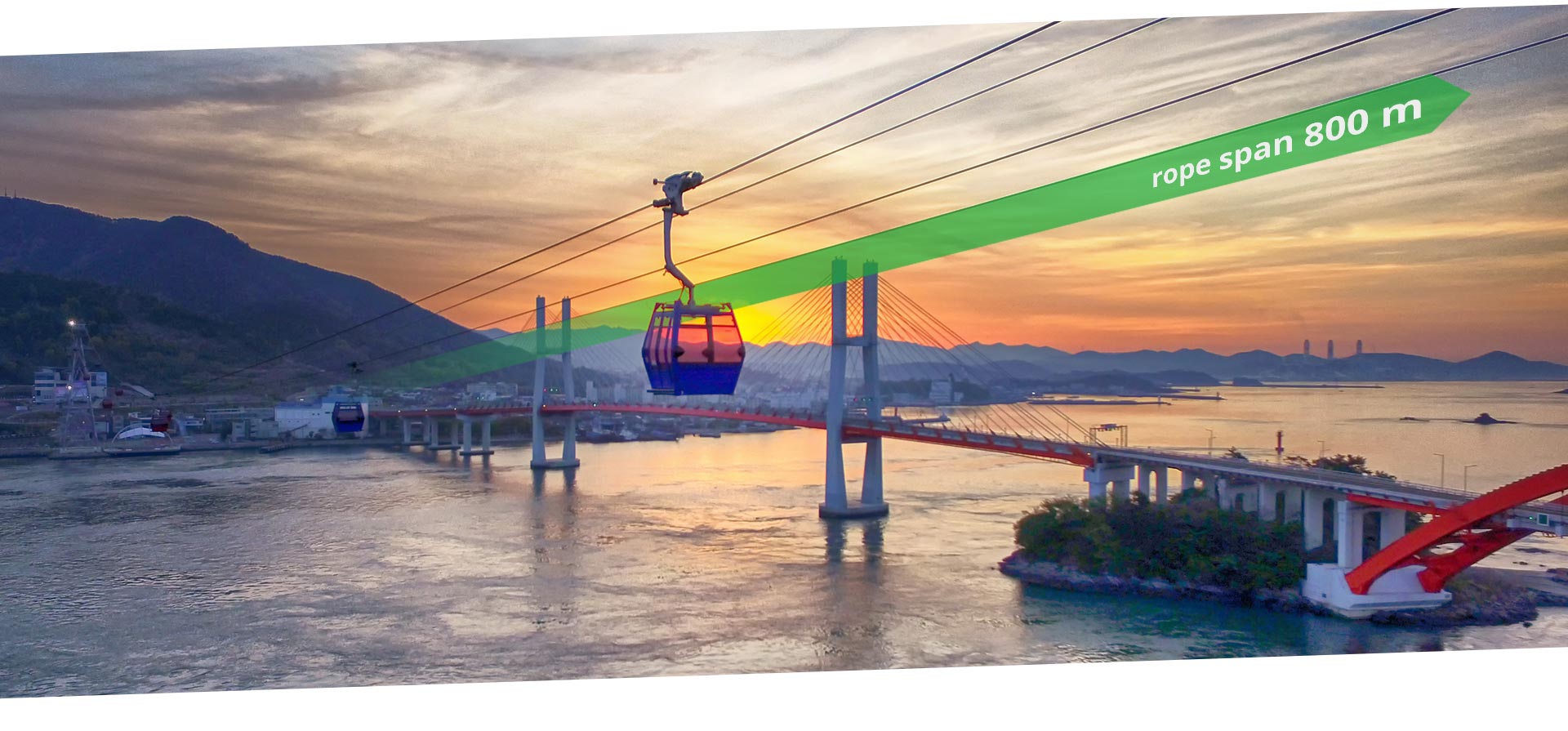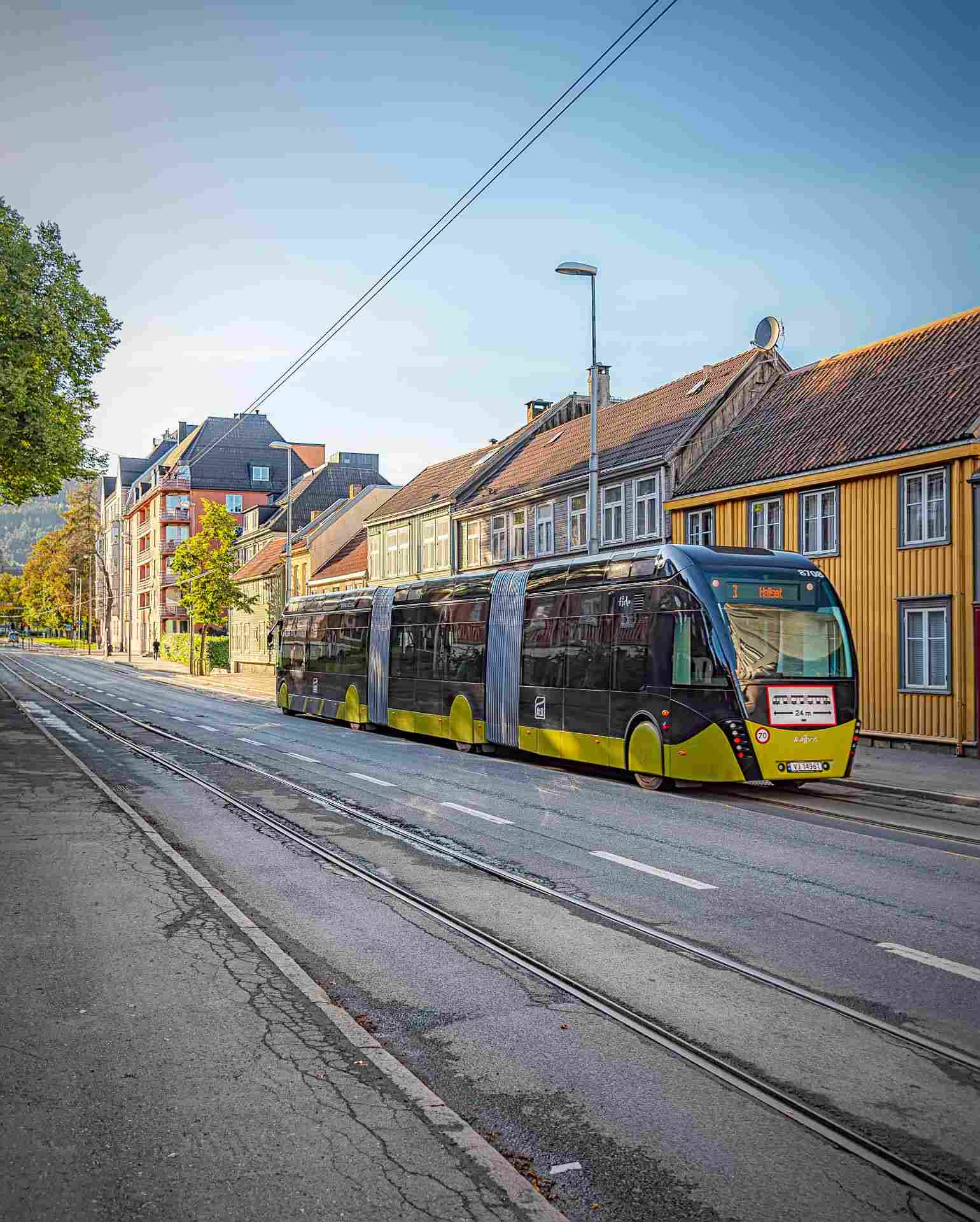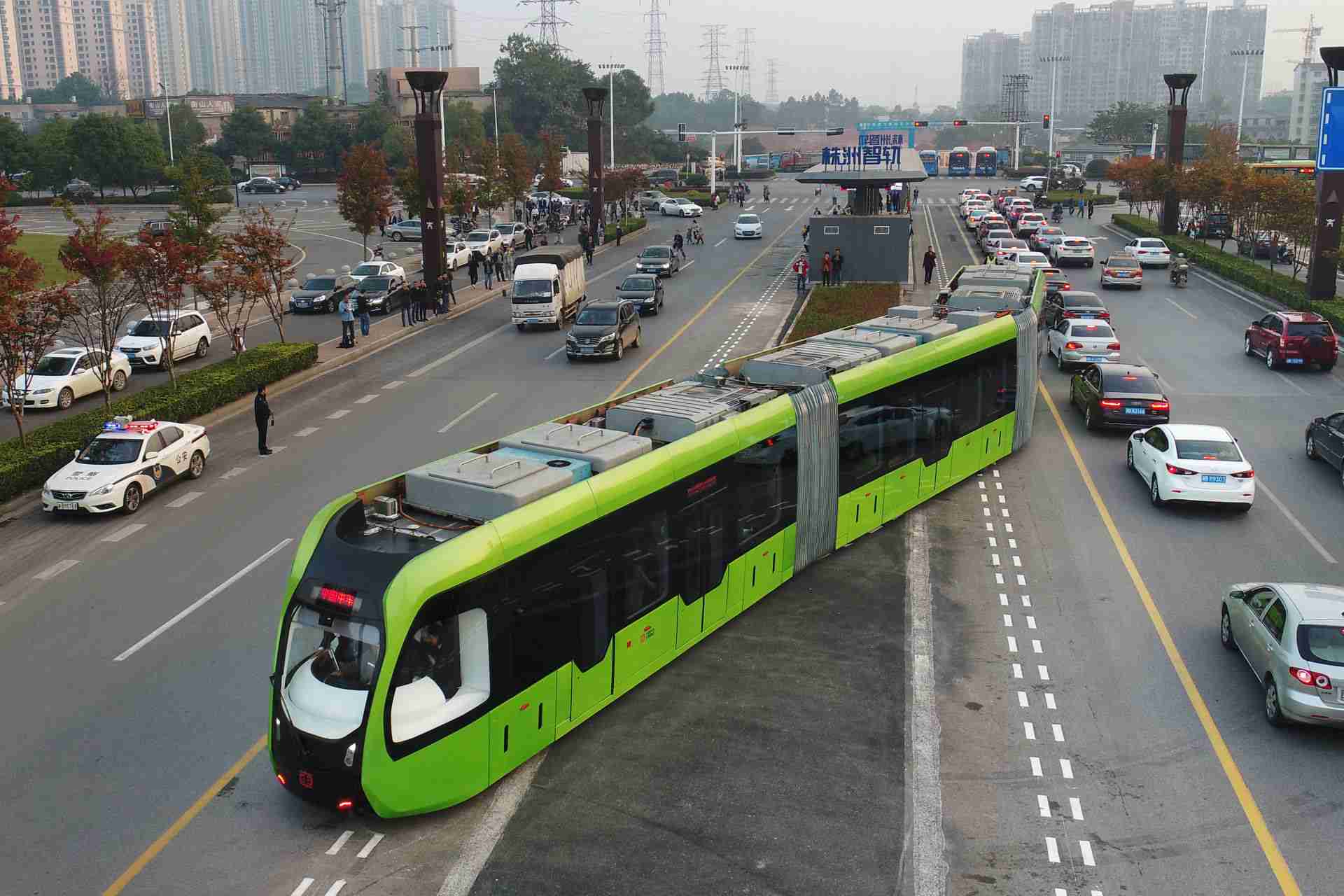
Bus-Tram | Bus-Rail | Autonomous Rapid Transit (ART)
So-called intermediary transport systems, combining characteristics of battery-powered buses and typical wheel-rail systems, are often referred to as bus-tram, bus-rail or Autonomous Rapid Transit (ART).
 Intermediary transport systems offer the transportation capacity and zero emissions of trams, as well as the flexibility, low infrastructure requirements, and low investment costs of buses.
Intermediary transport systems offer the transportation capacity and zero emissions of trams, as well as the flexibility, low infrastructure requirements, and low investment costs of buses.
There is a high demand for sustainable means of transport that meet the requirements of transport operators by low infrastructure requirements, good adaptability and high system availability. Local public passenger transport is ideally suited for the use of battery-powered transport systems due to short line lengths and frequent stops. Moreover, in public transport the transport operators’ own standards can be specified regarding battery operation. However, the new transport technologies must also meet economic criteria and be able to compete with conventional mass transit systems such as trams and buses in terms of life cycle costs.
The battery-powered “bus-tram” transport systems are predestined for high-performance passenger transport, e.g. for Bus Rapid Transit (BRT) lines, as they are low in emissions depending on the drive system configuration and can handle high passenger volumes due to their multi-articulated train design.
 The ART system is operated in a semi-automated mode and has a driver who only performs basic functions such as acceleration and braking. It has no steel wheels but is operated with rubber tires on normal road asphalt without any rails. Only two dashed lines are needed for automated lane guidance using cameras. Sensors can detect the lane, distances and the course of the road. A lane assistance system keeps the vehicle in the designated lane and automatically warns the driver as soon as it leaves the designated lane. A collision warning system alerts the driver if the safety distance falls below a certain level. The navigation system provides information about traffic congestions and road closures and can recommend alternate routes if necessary.
The ART system is operated in a semi-automated mode and has a driver who only performs basic functions such as acceleration and braking. It has no steel wheels but is operated with rubber tires on normal road asphalt without any rails. Only two dashed lines are needed for automated lane guidance using cameras. Sensors can detect the lane, distances and the course of the road. A lane assistance system keeps the vehicle in the designated lane and automatically warns the driver as soon as it leaves the designated lane. A collision warning system alerts the driver if the safety distance falls below a certain level. The navigation system provides information about traffic congestions and road closures and can recommend alternate routes if necessary.
In addition to the sensors already mentioned, there is a 360° camera view and vehicle radar system implemented to increase safety in regular operation. Various control centers, communication signaling systems, intersection priority circuits, and traffic safety equipment are also installed along the route. These systems communicate with the ART train. 100 m before arriving at a road intersection, the ART train sends a signal of arrival and the traffic lights can give the ART system priority to pass.
An overhead wire is not necessary due to the integrated batteries. The lithium titanite batteries offer a range of approx. 40 km. After 10 minutes of charging, another 25 km are available. Charging of the vehicle batteries is fully automated. The ART system autonomously moves to the correct charging position and the current collector is extended to the power contacts.